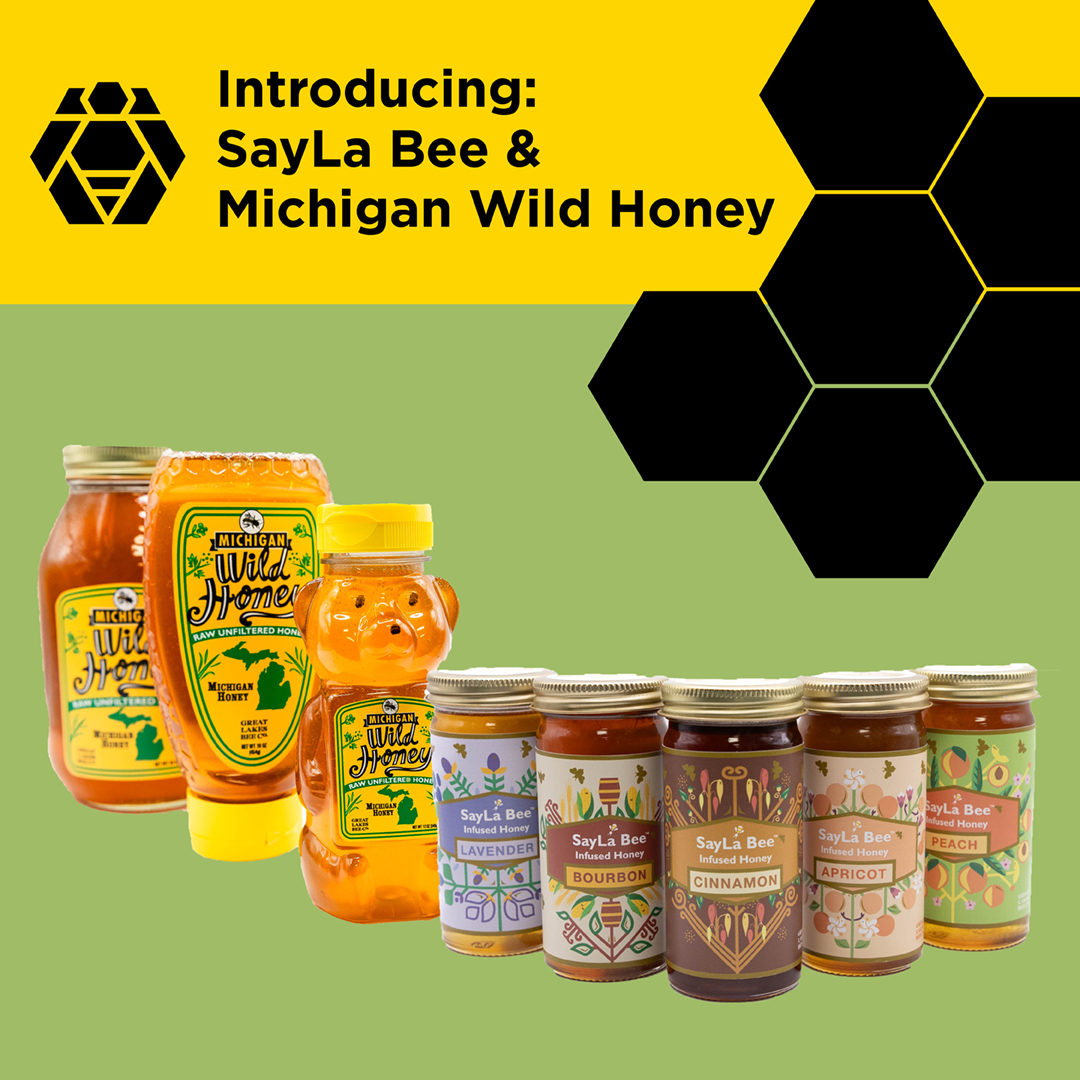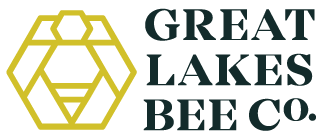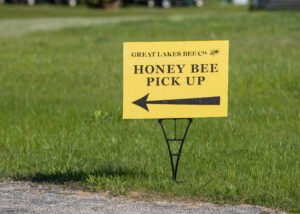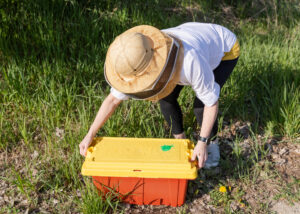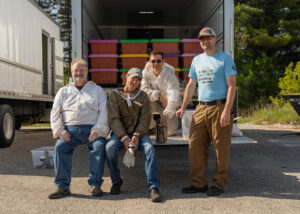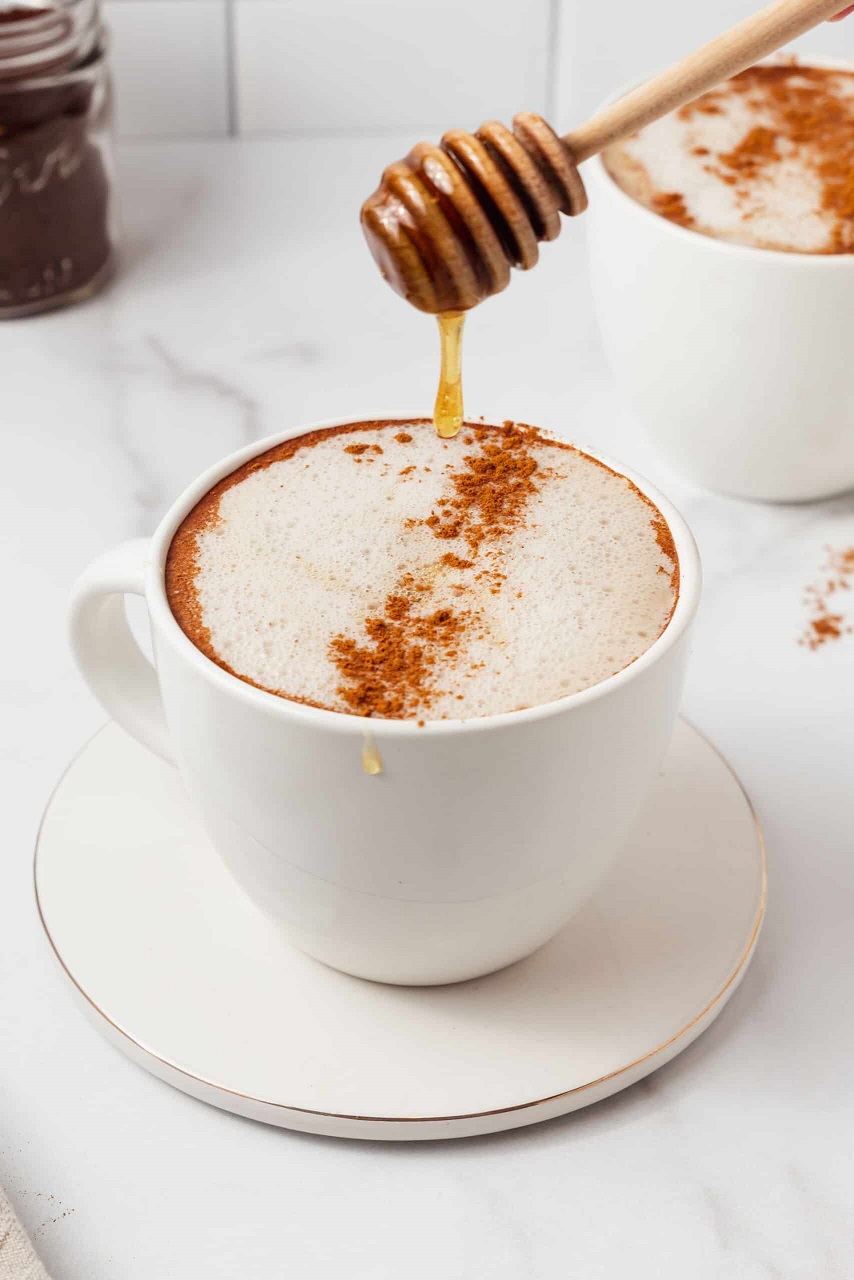
In honor of National Honey Month, let’s take a look back on the history of beekeeping, and how honey harvesting has evolved!
Beekeepers have played an essential role in honey production for at least 10,000 years! All around the world, archaeologists have found ancient methods for beekeeping and honey production, including hives made of straw and unbaked clay. Ancient Egyptians were some of the earliest pioneers of beekeeping, where honey was not just a delicacy, but a symbol of wealth and power. In fact, when King Tut’s tomb was discovered, pots of honey, often used to coat and cure berries, were alongside the ancient Egyptian pharaoh’s mummy. Even thousands of years later, the honey and berries remained preserved, reportedly still holding onto their sweet scent.

In medieval times, beekeeping was most often performed by the church and aristocracy. Beeswax served as an important aspect in producing candles, while fermented honey was a key ingredient in mead, a popular drink in regions where grapes could not be grown for wine.
Using varying methods including hollowed-out trees and skeps (a similar practice to the Egyptians, using baskets woven from twigs and straw, coated in mud), monks and clergy-members were in charge of tending to bees and their hives. For many of these religious beekeepers, their bees came to be seen as role models. For instance, monks often imagined a “chastity” in their worker bees that they took upon themselves to devote themselves fully to the good of the community.

During the 18th century, beekeeping transitioned into a science methodology. European natural philosophers, including an entomologist who specialized in honey bees named François Huber, were among the first to observe bees within their habitat. Although he developed blindness in his early adulthood, Huber continued studying bee colonies with the help of his wife, Marie, and assistant François Burnens. With his companions, Huber was an early creator of what we now recognize as a bee hive: building a box where each comb had glass sides to observe the bees at work. Some of Huber’s most famous scientific studies include confirming that a colony consists of one queen who is the mother of all workers and drones in the hive, and proving that bees use their antennae to communicate. Huber is widely regarded as “the father of modern bee science,” and his publication, “New Observations on Bees,” contains many of the basic scientific truths of the biology of honeybees.
Our bees may be the reason we have honey, but it’s because of beekeepers around the world and throughout history that we get to enjoy the sweet savory treat.
For more information on the history of beekeeping, visit:
